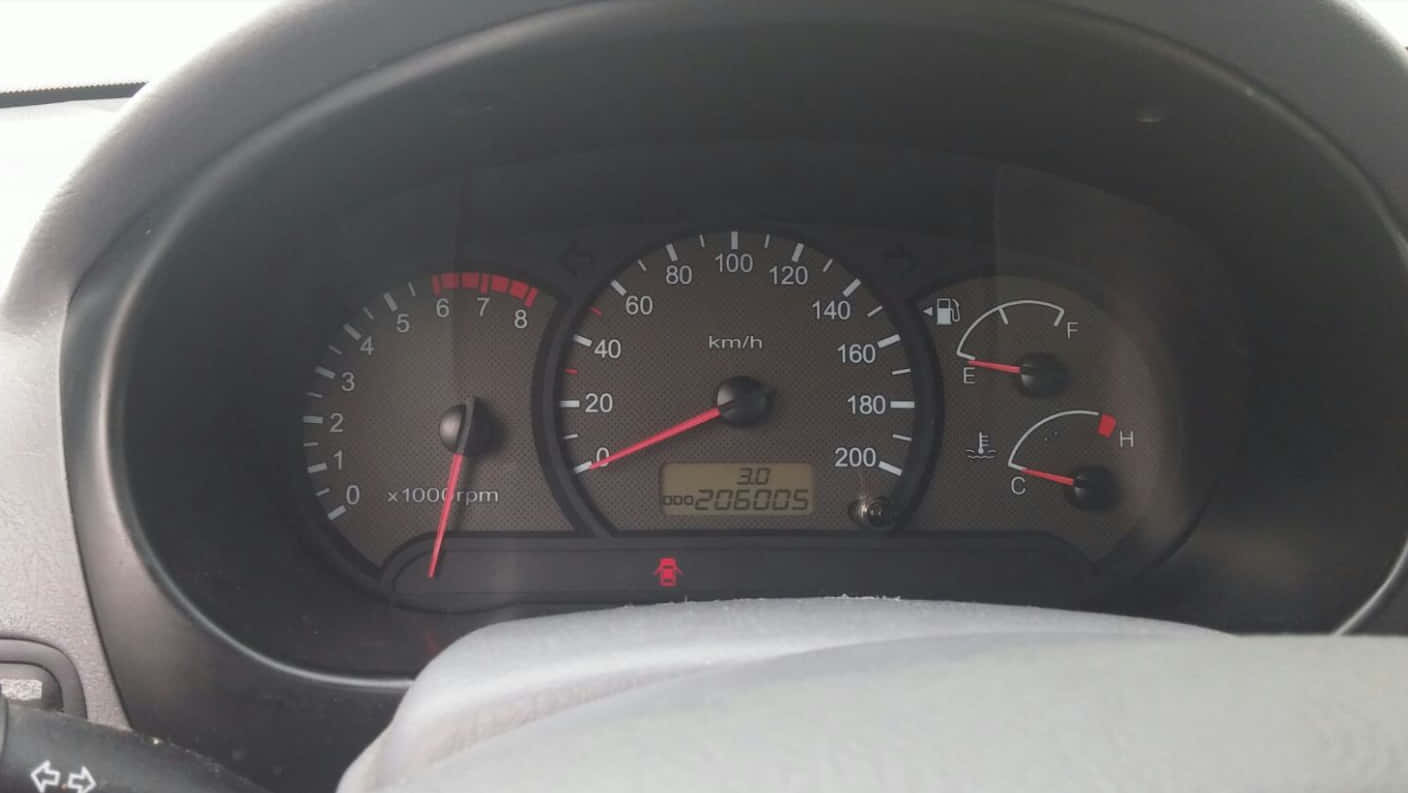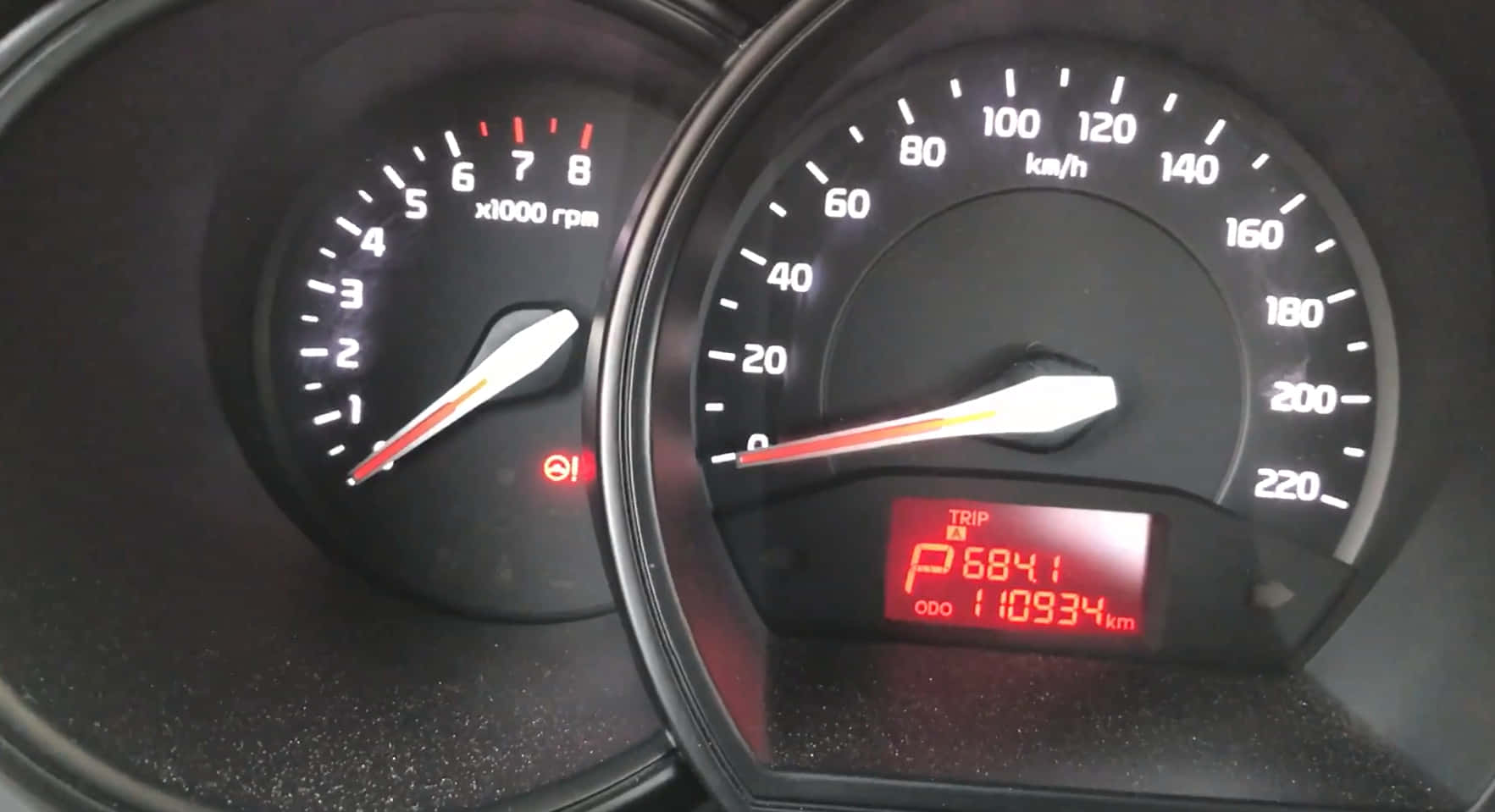Got an issue with the RPM gauge not working on Hyundai?
If you find yourself worried that the RPM is not working right, you may want to check out this post on how to diagnose and troubleshoot this issue.
After all, the RPM gauge or tachometer is an important tool to help you determine the right throttle and gear to use. So, keep reading to learn more about this problem.

Contents
RPM Gauge Not Working On Hyundai
Your tachometer or RPM gauge is found on the dashboard, right next to your speedometer. It can either be a calibrated analog dial or a digital display. Whether you have a manual or automatic transmission vehicle, your car should have this component.
The RPM gauge displays the crankshaft’s rotation. This way, you can select the appropriate throttle and gear to use. If your vehicle comes with analog dials, you can see the danger area in red. If you keep on driving your car while in the red, this can lead to several problems such as wear on the engine, inadequate lubrication, and overheating.
Overall, your engine will fail and your vehicle’s lifespan will significantly shorten.
The tachometer’s dial ranges from one to seven. There is an indicator that points to the number where your RPM is currently at as you drive. If you just started entering the danger zone, you will see the indicator pointing to the yellow area. Numbers 6 and 7 means you are in the danger zone or the red zone.
When your tachometer is malfunctioning, it could be due to a blown fuse. You should check the fuse, as well as the wiring connection to determine if these are causing the RPM gauge to fail and give erratic readings.
Moreover, calibration problems can result in a faulty RPM gauge. So, you will have to get a professional to check your vehicle and diagnose what is going on.
In the case of a digital display for the RPM gauge, the LED lights tend to go out and will not display right. When you have a burned out LED, this can be the cause of the problem.
If you still encounter problems with your tachometer after doing some troubleshooting, the RPM gauge may need replacement.
Diagnosing Issues With The RPM Gauge

When you observe an issue with the RPM gauge, you need to diagnose the problem. Here are some steps that you can follow to go about it.
1. Turn the engine off.
Before doing anything, you should turn the engine off. Take your car to a well-ventilated place and wear proper protective equipment such as goggles and gloves to stay safe.
2. Check your manual.
Your manual offers valuable information on the tachometer. You should be able to find details on how you can check and repair the RPM gauge by reading the manual.
3. Find out if there is a display failure.
If your vehicle is a newer model, your RPM gauge may not work well because of damage to the LED display. In an older vehicle, it may fail to work because of wear and tear.
4. Inspect the fuses.
Look for your vehicle’s fuse box and check the one for the RPM gauge. When you see a blown fuse, then this is the root of the issue. A sign of a blown fuse is a discoloration to the fuse, along with a break or damage to the metal strip.
5. Do some recalibration.
When the RPM gauge is poorly calibrated and out of sync, the display can also malfunction. So it is best to have it recalibrated to get the RPM levels similar to what the engine is doing.
6. Check for faulty wire connections.
And lastly, check the wire connections. If there are burnt or melted parts, then these should lead to RPM gauge issues.
When you are using your car’s RPM gauge, make it a point to check the RPM when idle. If the needle does not seem to move, this means that the engine is running well. But if it drops suddenly or shoots over 1000 RPM when your engine is warm, it could be that the engine is the issue. But if the RPM goes way up, the vehicle may either have fuel concerns or air metering problems.
It is best to have your car checked by a professional to ensure it is working well and prevent costly repairs in the future.
Additionally, you should check the RPM when you are driving at a constant speed. The needle that stays steady as you reduce the speed could mean your transmission has a failing clutch. But if it surges high, then fuel or air metering issues could be the root of the problem.
Read More:: How To Do A Hyundai Remote Start Without Bluelink
Conclusion
When your RPM gauge is not working in your Hyundai car, many issues may contribute to this problem. By diagnosing the issue properly and looking for the possible cause of the problem, you can prevent further damage and ensure your safety when driving.